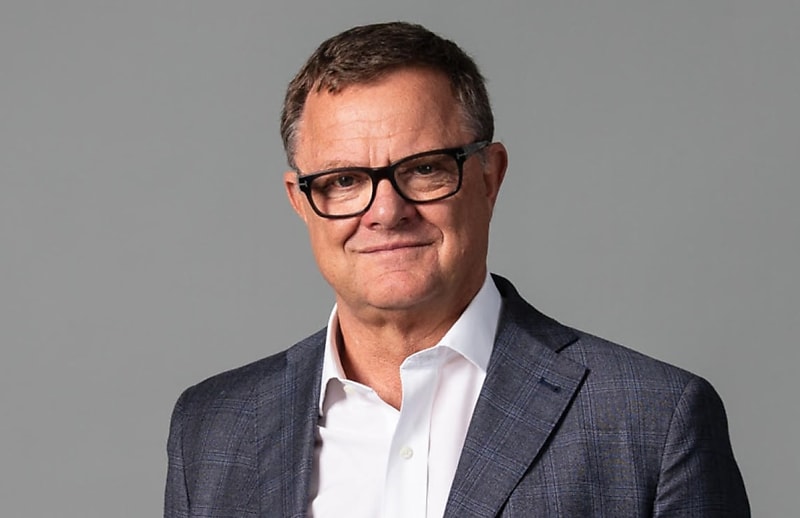The SME sector is running hot and cold with almost six out of 10 businesses expecting to grow revenue but one-third predicting a decline, according to the latest ScotPac Index.
The survey found Western Australia overwhelmingly optimistic but Victoria was in the doldrums and wage growth was taking a toll regardless, with almost 70 per cent intending to dial back recruitment.
You’re out of free articles for this month
ScotPac CEO Jon Sutton said the SME sector was running at two speeds and the difference between top and bottom had never been greater.
“Fifty-seven per cent of Australian SMEs are forecasting business revenue growth to March 2024 – including a remarkable 92 per cent in Western Australia – and 61 per cent are planning to invest in business growth in the same period,” he said.
“However, in a clear sign the two-speed economy has reached a new peak, a record 32 per cent of SMEs are projecting a decline in revenue in the next six months, with businesses in Victoria the most pessimistic.”
The number predicting growth was at a seven-year high point but those expecting revenues to contract had leaped 18 per cent compared with last year.
The report said the fate of the construction sector, the largest SME category in the country, was a significant factor.
“A helicopter view of the nation shows that Western Australia-based SMEs are the most bullish about their short-term prospects. Nine in ten businesses in the west are projecting revenue growth compared with just 17 per cent in Victoria, which is yet to experience a post-Covid bounce back,” it said.
“The positive outlook reported by SMEs in regional Australia, which exceeded metro-based SMEs on all markers, was particularly pleasing given the concerns about the impact of a population drift back to our major cities.”
Almost two-thirds of SMEs planned to invest in their business in the next six months, a substantial 15 per cent increase year-on-year and a “major rebound in confidence” from the height of the pandemic.
Nine out of 10 SMEs said they would consider using their funds but many were finding an appetite for non-bank lenders driven by better rates, easier onboarding and higher credit limits. Eight out of 10 SMEs now had more than one finance provider.
The report found that mid-year increases to minimum wages and award rates were having a major impact on the business plans and growth projections.
“SMEs account for 97 per cent of all businesses in the country and employ millions of workers entitled to these new wage rises. They have understandably prompted a change in approach for many,” it said.
“More than two-thirds of SMEs indicated they will hire less new staff and a similar proportion will reduce employee hours and/or headcount.”
“A third of SME owners said wage rises would prevent them from growing their business while 17 per cent said they were considering outsourcing to contractors.”
AI was having a minimal impact on SMEs with 85 per cent having no plans to use it while 4 per cent believed it was a threat to their business, either as competition or as a cyber security risk.
ScotPac’s bi-annual SME Growth Index interviewed 722 SMEs with annual revenues of $1 million to $20 million.
Philip King
AUTHOR
Philip King is editor of Accountants Daily and SMSF Adviser, the leading sources of news, insight, and educational content for professionals in the accounting and SMSF sectors.
Philip joined the titles in March 2022 and brings extensive experience from a variety of roles at The Australian national broadsheet daily, most recently as motoring editor. His background also takes in spells on diverse consumer and trade magazines.
You can email Philip on: This email address is being protected from spambots. You need JavaScript enabled to view it.

 Login
Login







